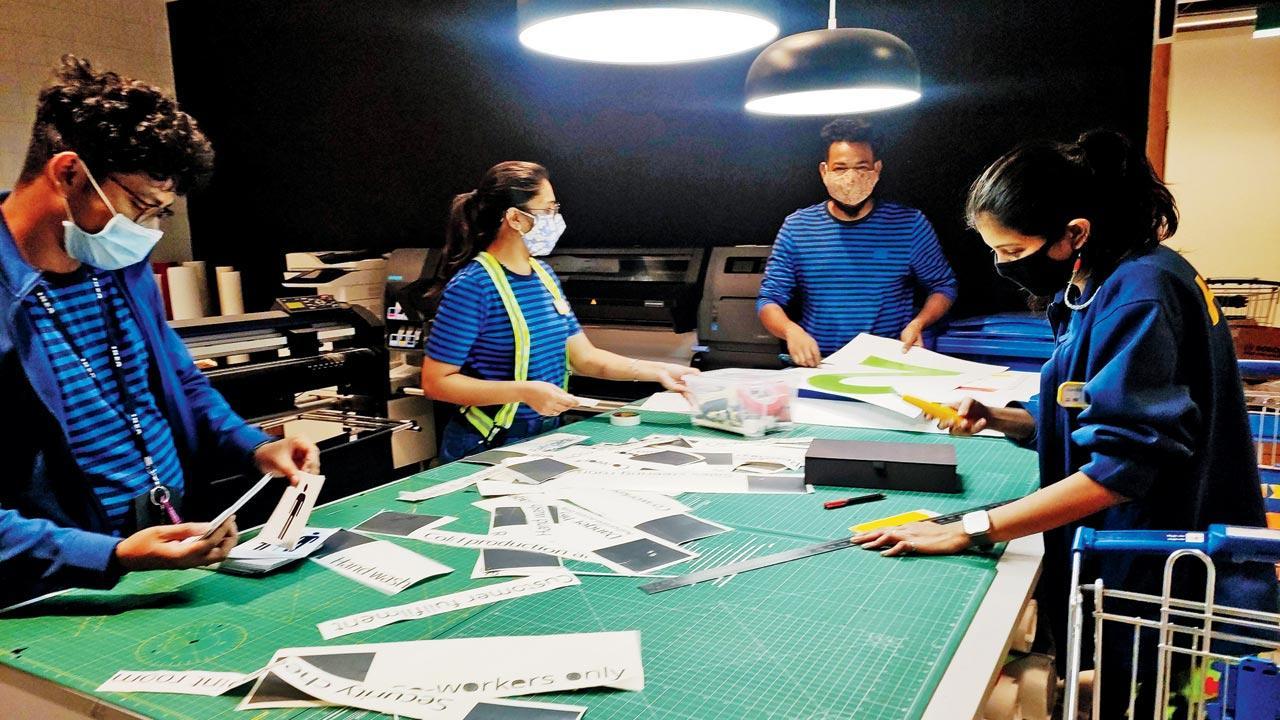IKEA India is being lauded for its gender-inclusive approach. Here is how any firm can translate the idea into action

The IKEA store at Navi Mumbai has a 50:50 gender representation, including in traditionally male-dominated departments such as storage, recovery and logistics
Swedish furniture giant IKEA might be known for democratising the Scandinavian aesthetic and selling durable furniture at affordable prices, but there’s more to the brand than what meets the shopper’s gaze. Last December, IKEA India (Ingka Group) won the UN Women’s top prize in the Gender-Inclusive Workplace category at the inaugural Asia-Pacific Women’s Empowerment Principles (WEPs) Awards ceremony in Bangkok. The awards recognise innovations in the private sector that promote gender equality through a multidimensional approach.
So, how did IKEA make it happen? Parineeta Cecil Lakra, Country People and Culture Manager at IKEA India, says when they were entering India in 2013, they realised that unlike many markets where gender did not factor naturally as a consideration for them, here, it was a whole different story. “Women’s participation at the workplace was at best 24 to 26 per cent, which I’d say is still a higher estimate. It dips when you go north and it’s higher in the south and the west, especially Mumbai. We also looked at the gender equality index and India did not rank highly.” After thorough research, they found out there were many reasons behind this, including marriages, responsibility of household care, scarcity of jobs, absence of child and family support. Lakra says the situation presented itself as an opportunity to create a better every day life for the people at the heart of the organisation. To build a gender-balanced workplace, they decided to keep a 50:50 target. “A senior lawyer who heard this at that point, told us that if we manage to achieve this in India, it’d be a miracle. Today, we are close to achieving that.” Currently, they have an overall 45 per cent representation of women.
ADVERTISEMENT
Julia Manke, who runs a bespoke HR consultancy firm, says large and profitable organisations like IKEA can afford to take that stance. Having said that, smaller organisations are also leaning towards being gender balanced. “I meet a lot of clients who also say that we’re quite women heavy, so let’s get some men onboard.”
Lakra lists five effective ways in which they managed to achieve the goal, and any organisation can:
Preparing a mindset We thought about how we want to be known in India and decided that equality would be our strongest strategy. For this, we had to weed out biases at all levels. We had training sessions with co-workers, recruitment managers and those in leadership positions to identify the conscious and unconscious stereotypes we have.
Creating a level playing field Different benefits for different genders contributed to gender imbalance. We were clear that we didn’t want a workplace tipped towards either gender, but to get more participation of women, some prerequisites were necessary. We started with equal parental leave policies for all parents—men, women, single parents, same gender parents. We have day care centres and six months’ parental leave. We approached transport in a similar fashion, by investing in pick and drop facilities for both men and women clocking in late night or early morning shifts.
Proving development goals Sometimes, women are recruited at the entry level, but they aren’t given the opportunities to rise up the ranks. We started looking closely internally. In fact, we have even cancelled leadership programmes because there wasn’t enough gender representation. We partnered with UNDP and IKEA Foundation for a skill development programme called Disha, where we trained women to recruit with IKEA and other retail organisations.
Ensuring equal pay We wanted to be gender-balanced not only in terms of headcount, but opportunities and compensation as well. Data shows that the wage gap between men and women in India is 30 per cent. Currently, at IKEA, we are at a pay gap of 0.95 per cent and we are trying to close this gap by the end of this year. We keep taking of stock of our numbers time and again, because the push and pull does happen as the world around us hasn’t really changed all that much in perception over the years.
Skilling the staff
Vinita Gautam Tated, Goods Flow Manager IKEA, Navi Mumbai, says departments like logistics and storage have traditionally been male bastions, but they have tried to correct this. “We have 24 hours of operation, and we have women who are part of the backend and replenishment which requires them to work in the wee hours. These aren’t just single women, but also those who are married with children.” Tated says when they found it difficult to find women who could operate the forklift, a powered industrial truck used to lift and move materials over short distances, they decided to provide training to those open to the idea.
 Subscribe today by clicking the link and stay updated with the latest news!" Click here!
Subscribe today by clicking the link and stay updated with the latest news!" Click here!







